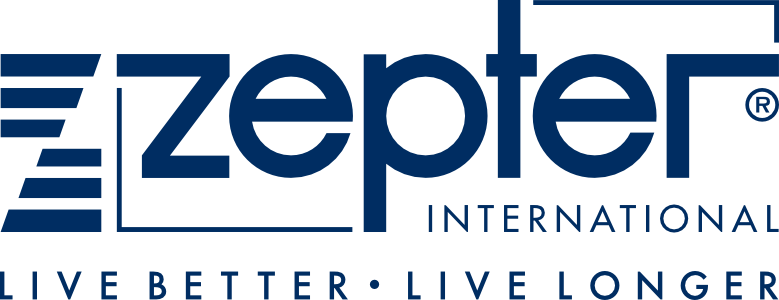ZepterClub is an innovative membership program that gives its members multiple status benefits:
1. as a customer,
2. as a referral partner,
3. and as business partner.
Simply by registering to the ZepterClub, and without any further obligations or conditions, you can enjoy these benefits - whether one at a time, all at once or in any combination - tailored to your personal aspirations, professional goals, and lifestyle preferences.
As a ZepterClub member, you can:
1. Club Shop: Access innovative Zepter products at privileged prices.
2. Share and Earn: Register friends to ZepterClub and earn referral premiums on their purchases.
3. Create Your Business: Create financial opportunities through sales.
Exclusive Benefits:
1. Free and Non-Binding Membership: Join ZepterClub at no cost and with no commitments.
2. Immediate Access: Start enjoying all privileges from the moment you sign up.
3. No Strings Attached: Cancel your membership anytime, free of charge and without obligations, whether before or after taking advantage of the member privileges.
4. Rejoin Anytime: Return whenever you like, subject to the terms and conditions at the time of rejoining.
ZepterClub is more than a membership - it’s a gateway to innovation, opportunity, and empowerment. Whether you’re enhancing your lifestyle, sharing valuable solutions, or creating a new income source, ZepterClub is your partner in success.
Join ZepterClub today and discover the difference.





